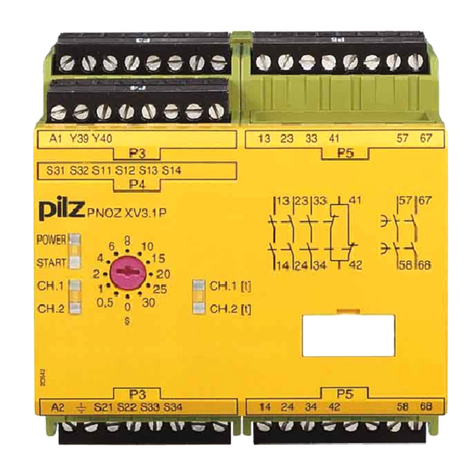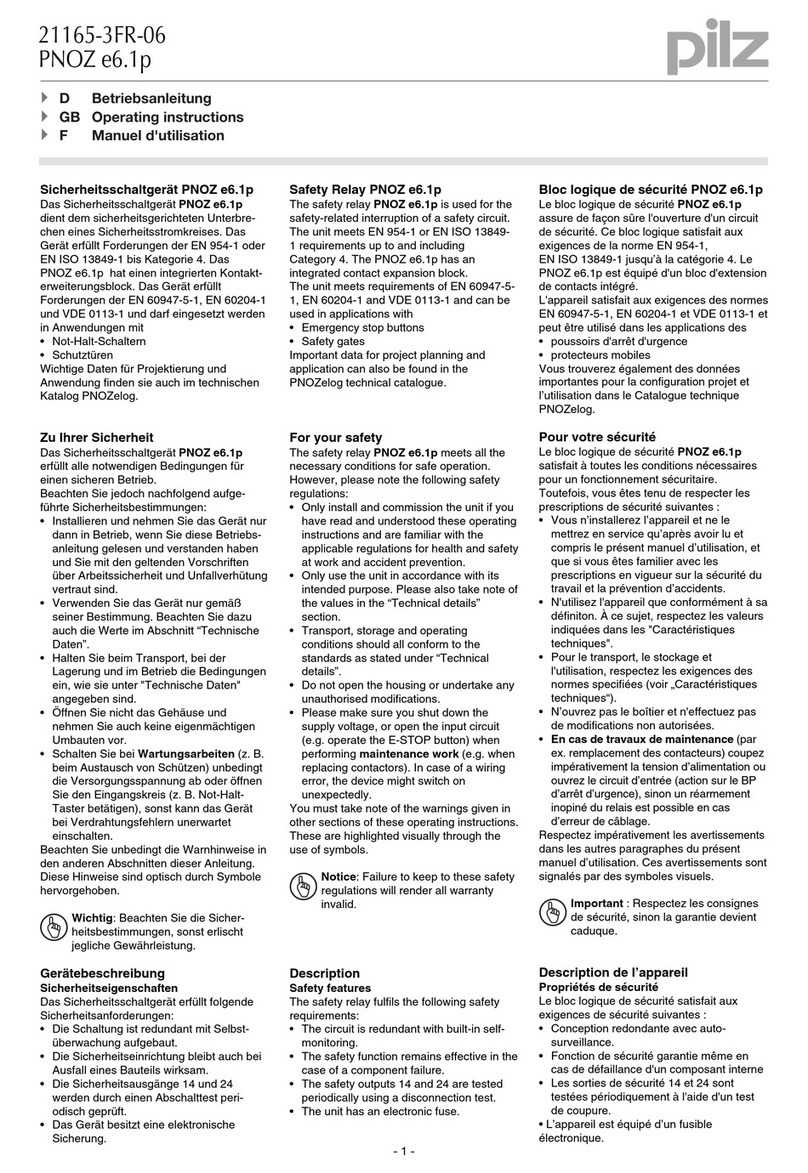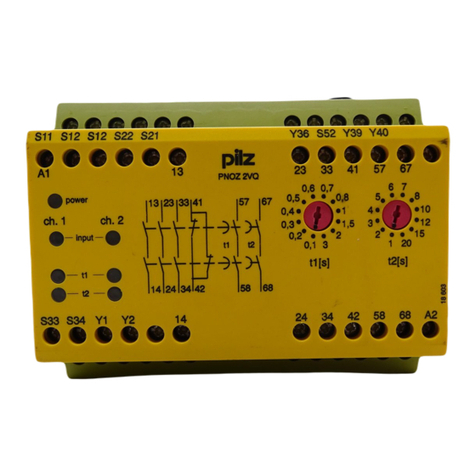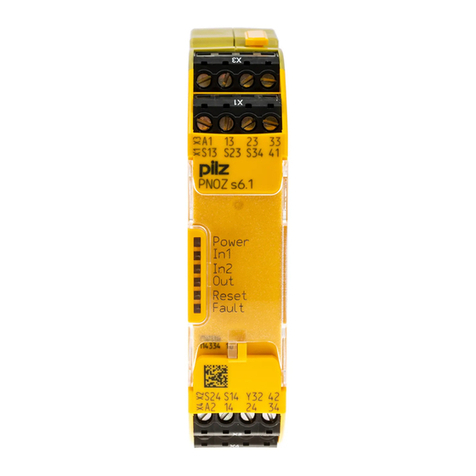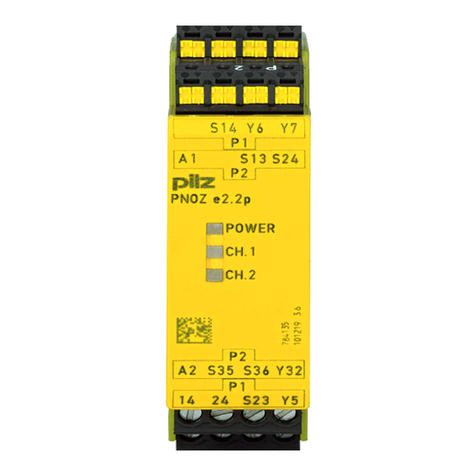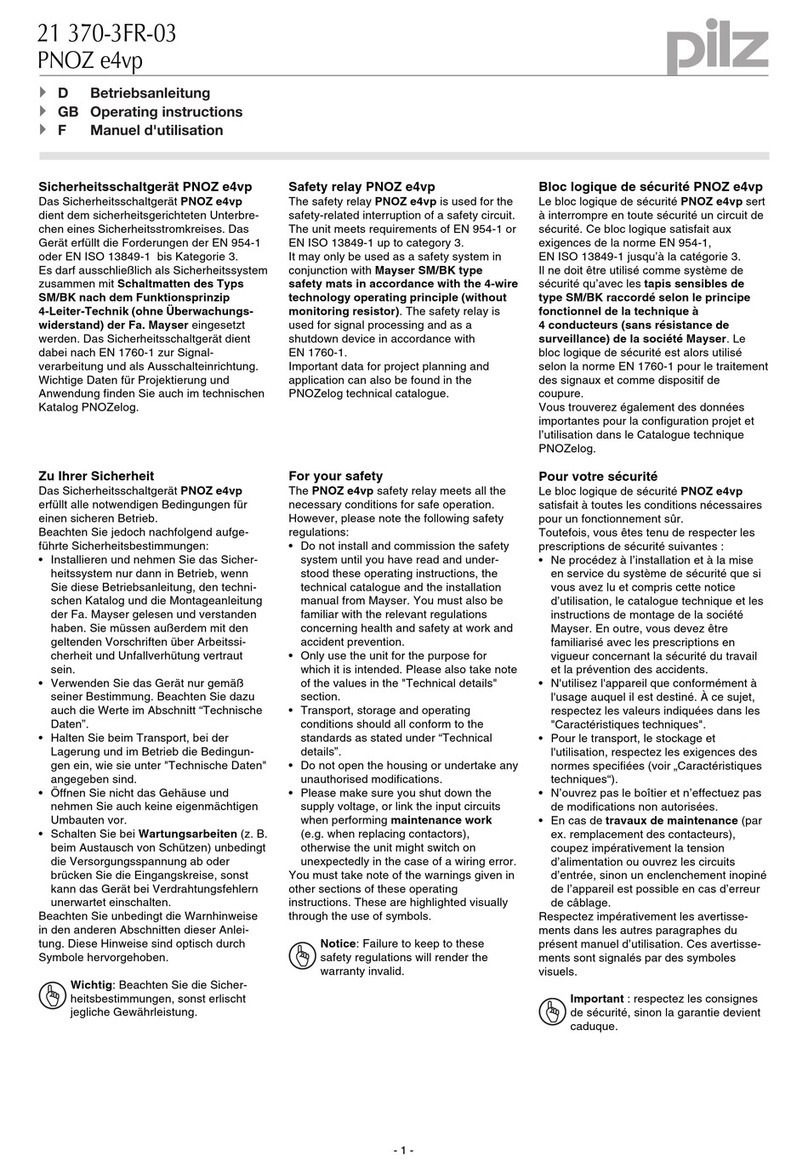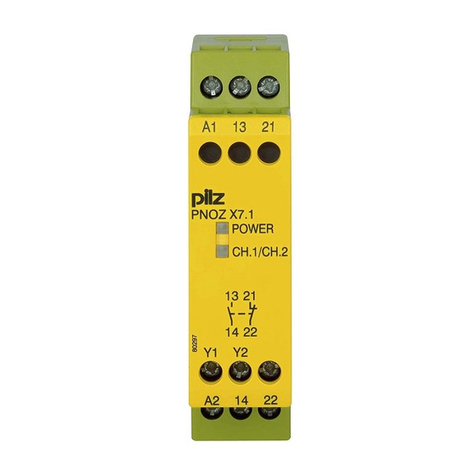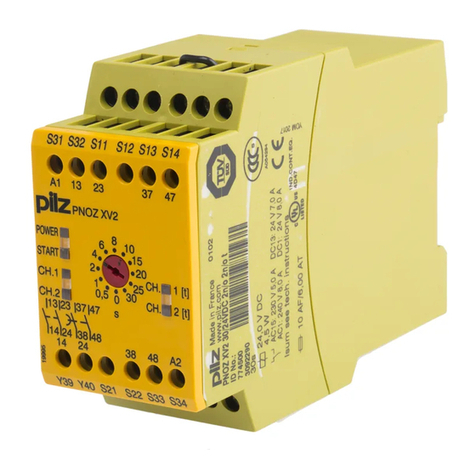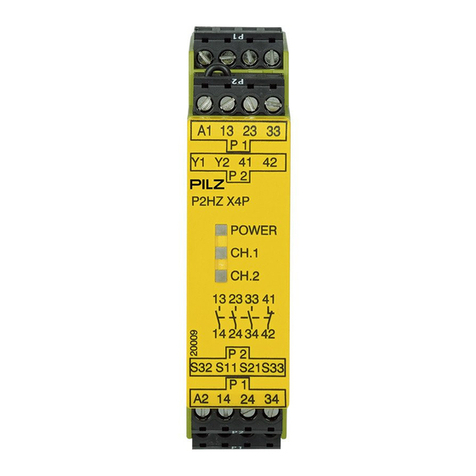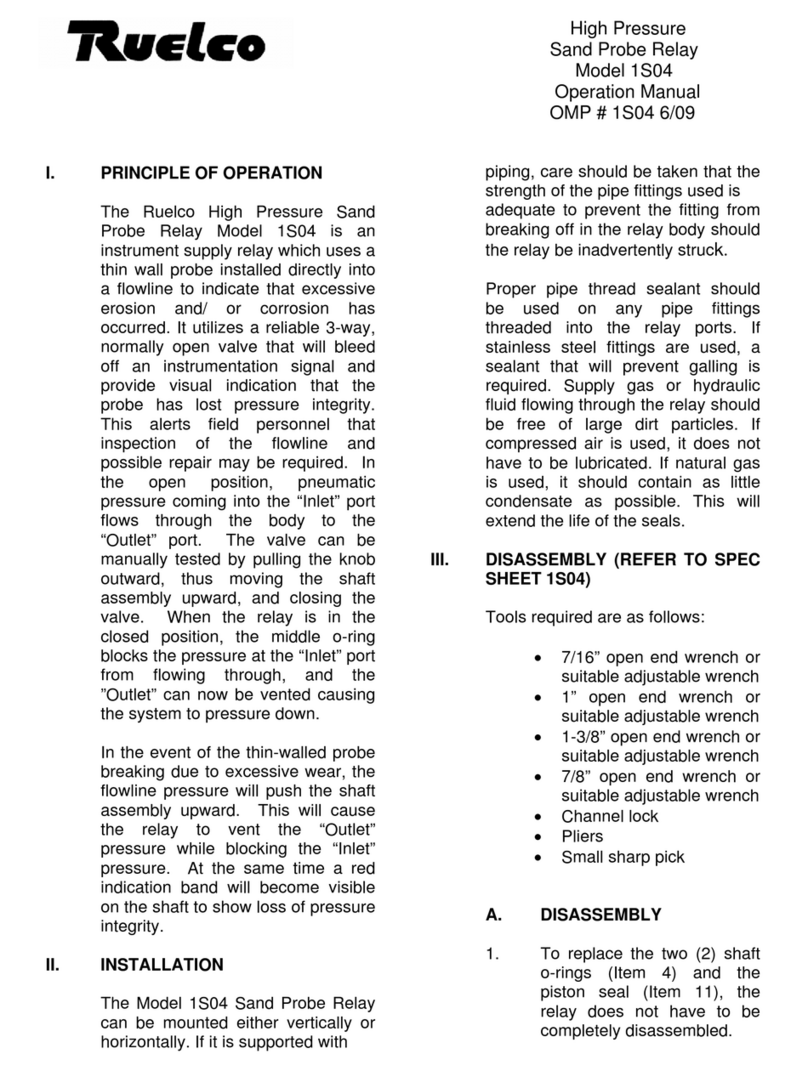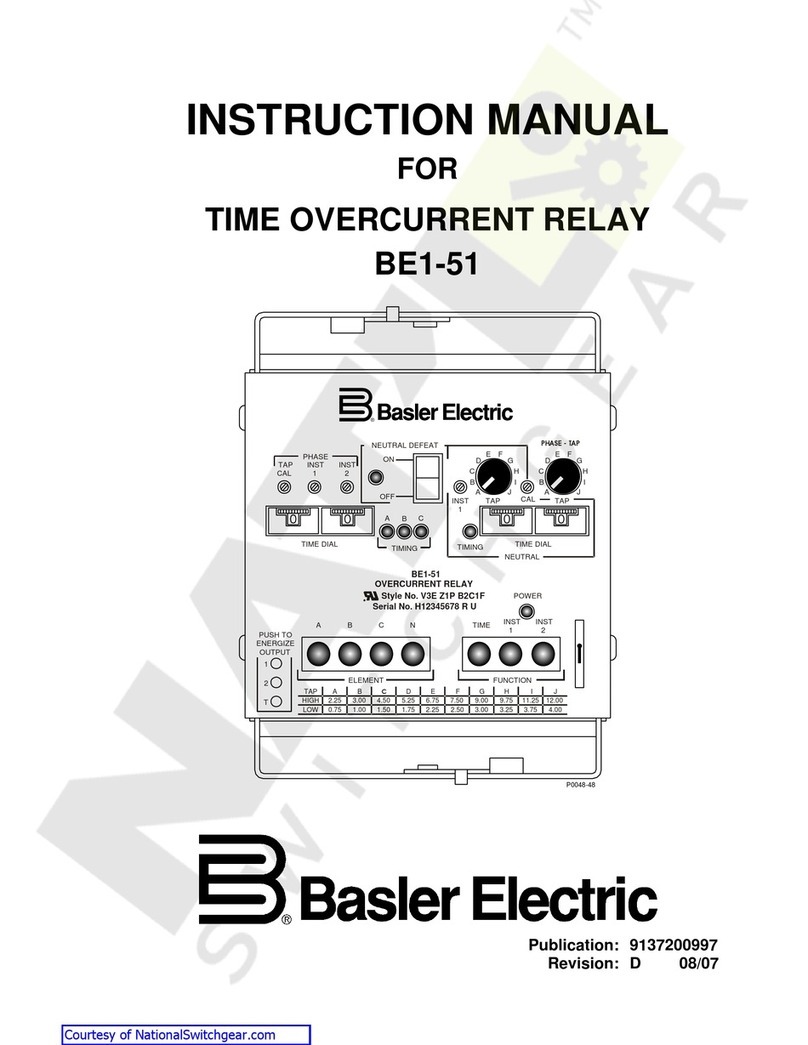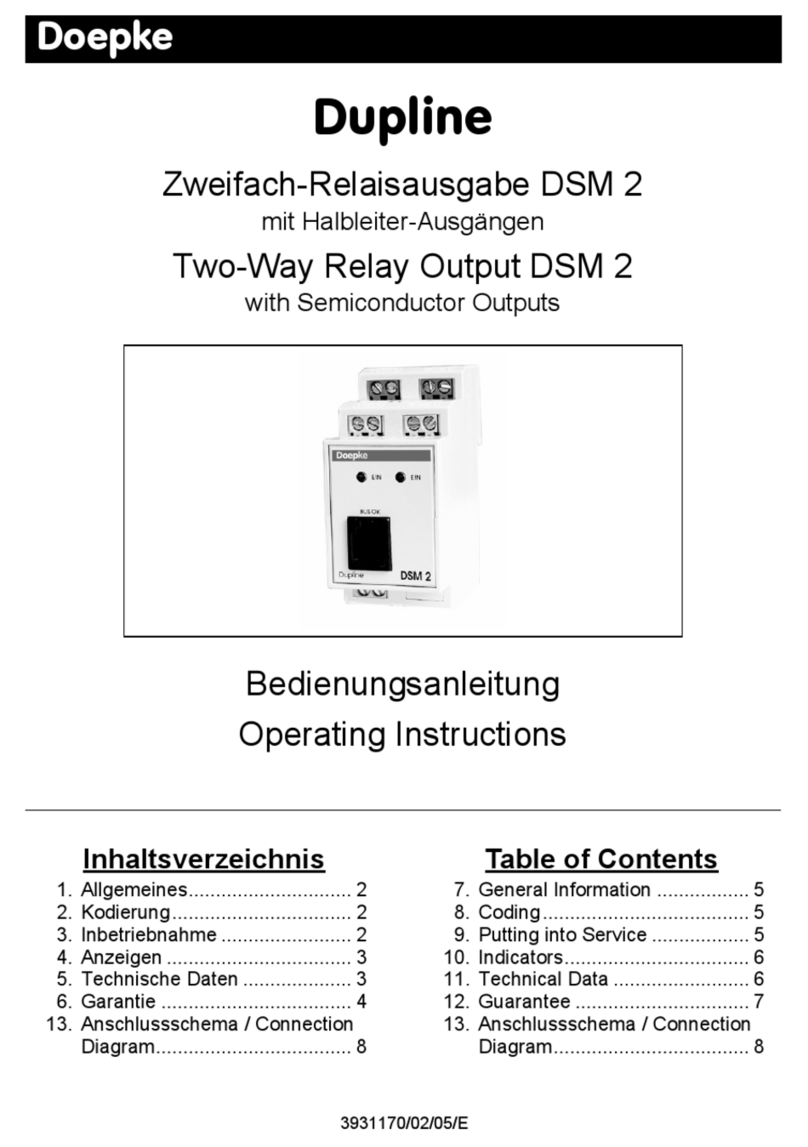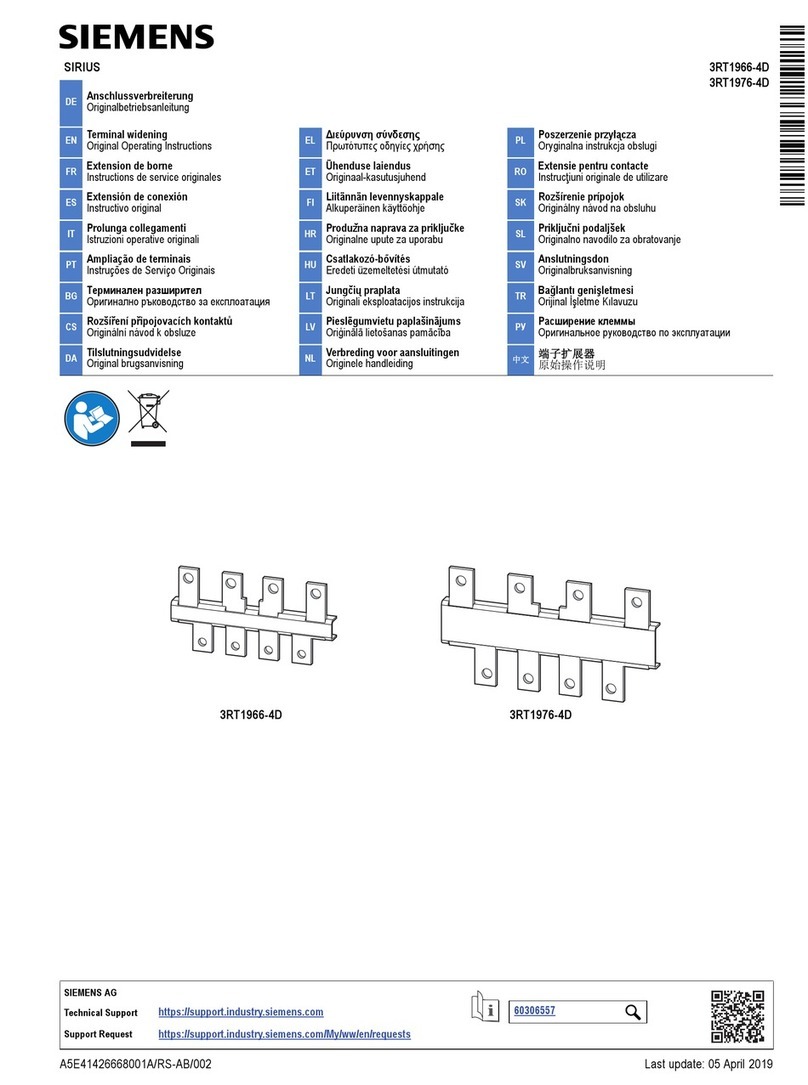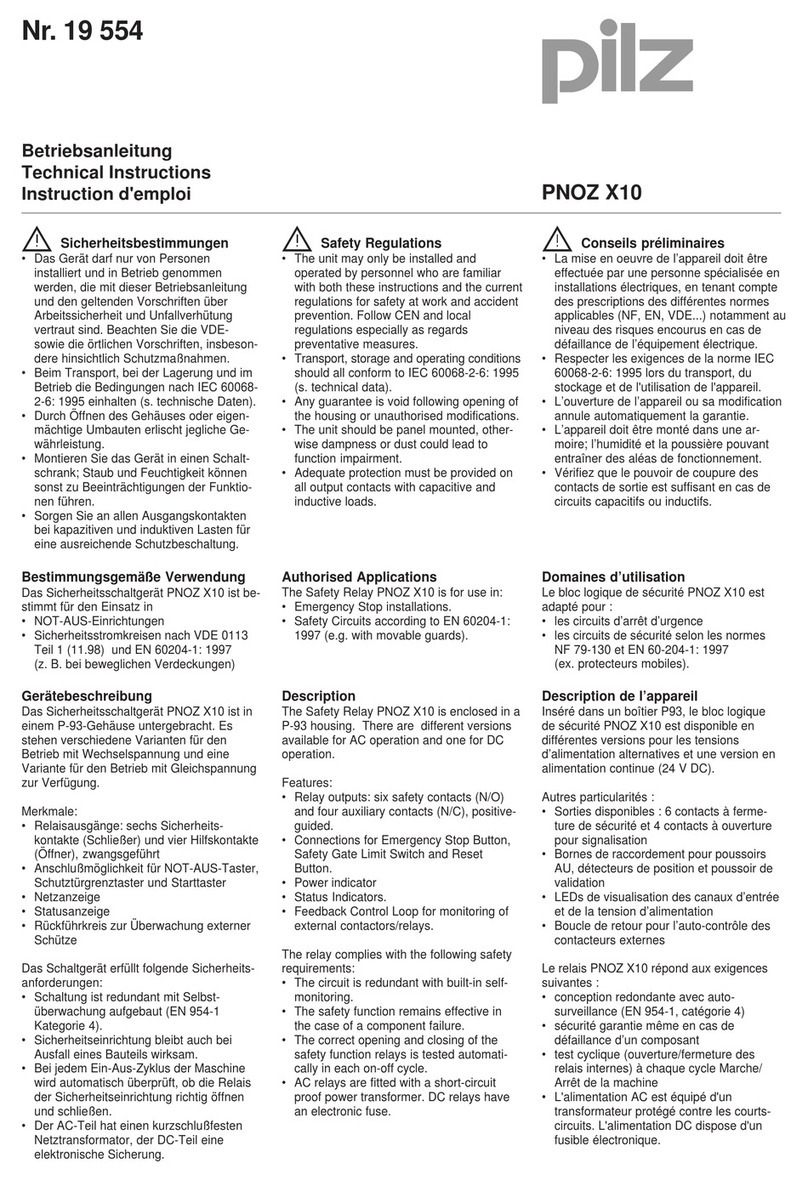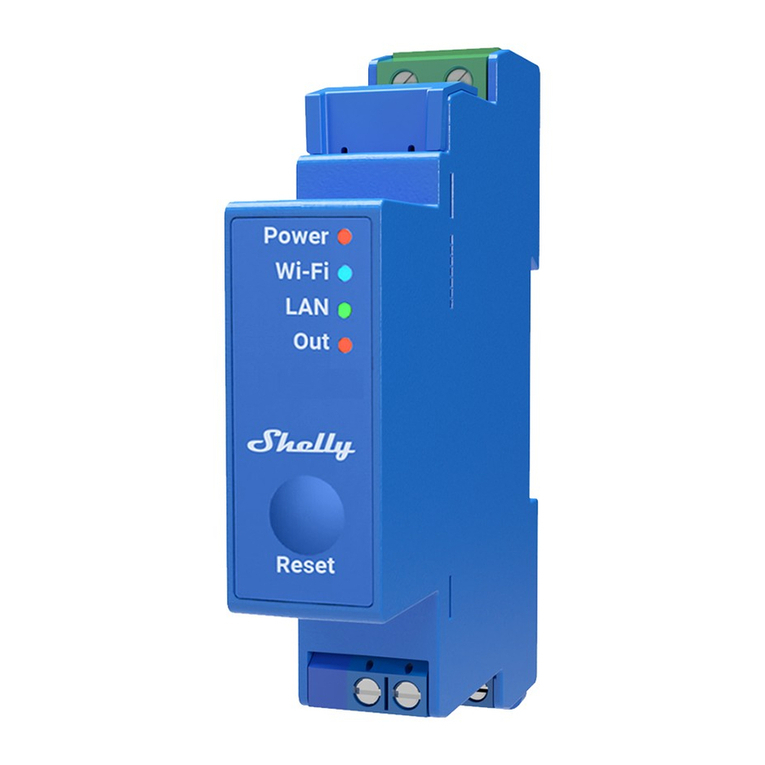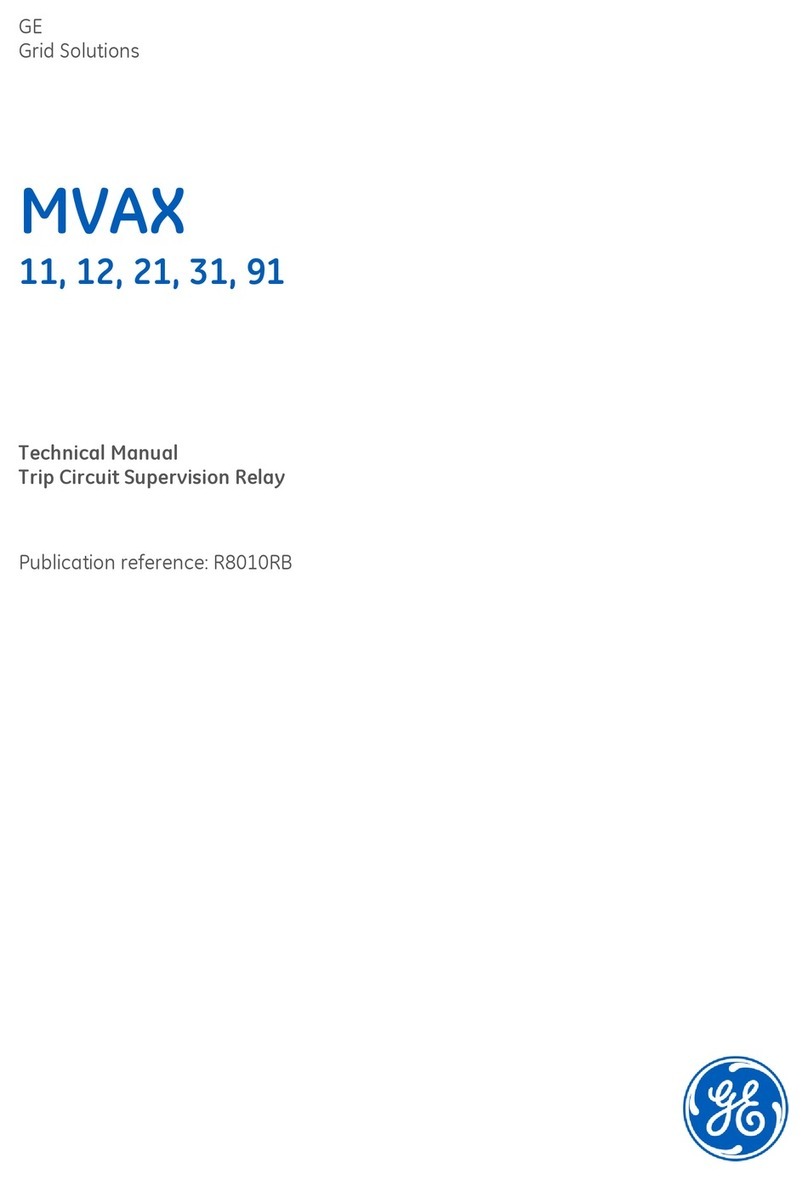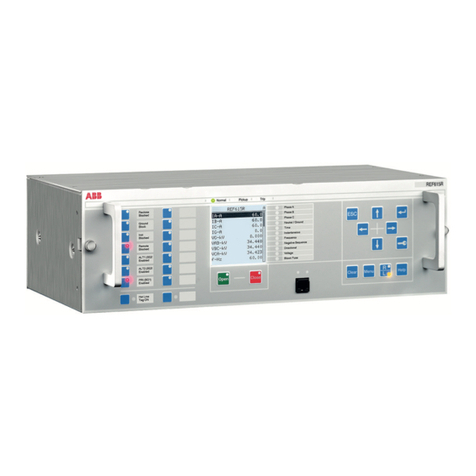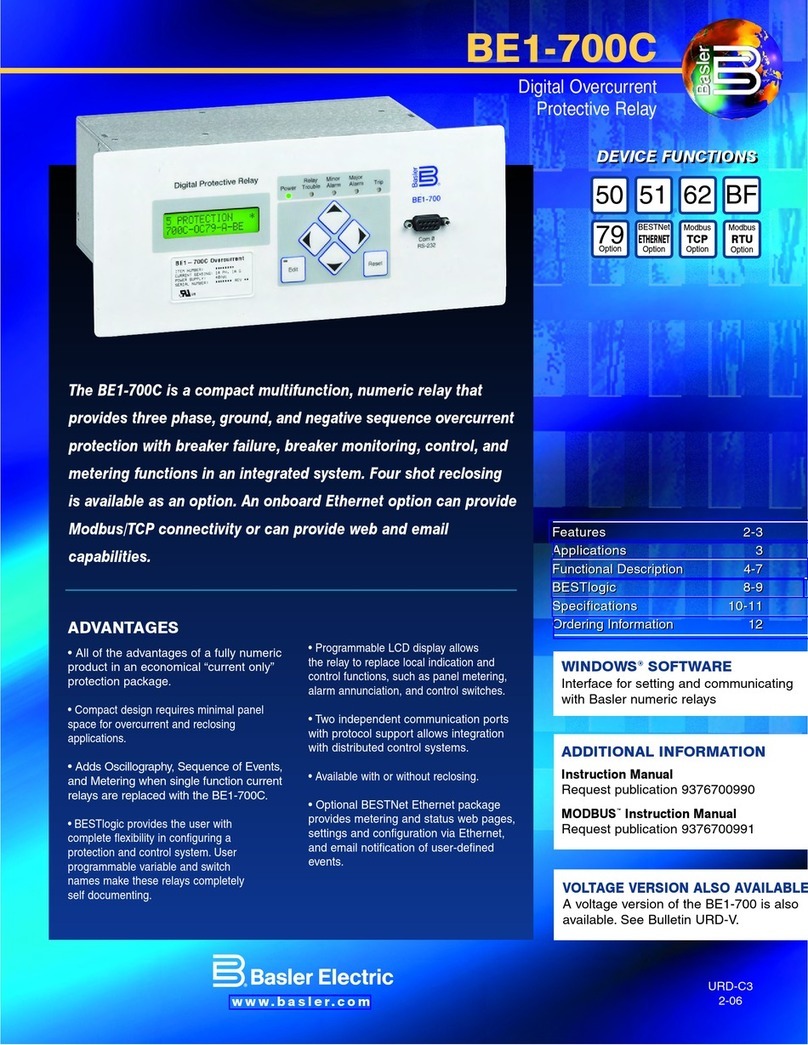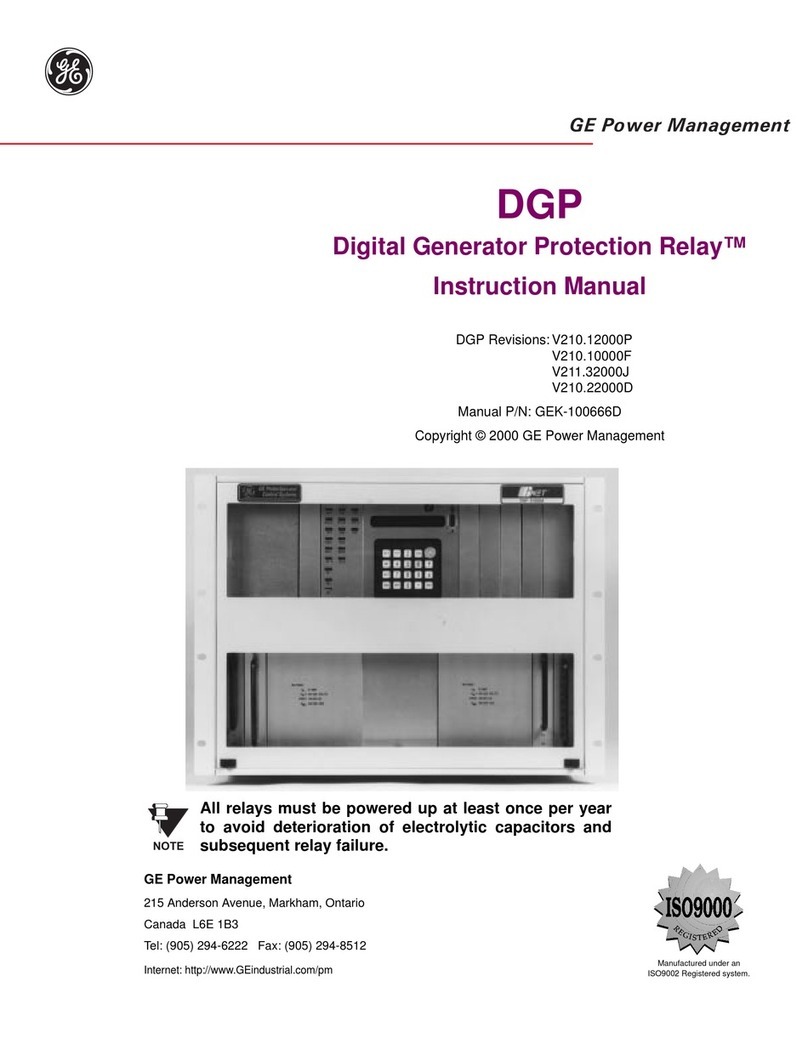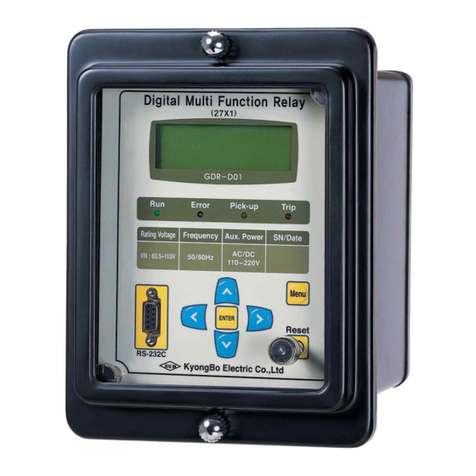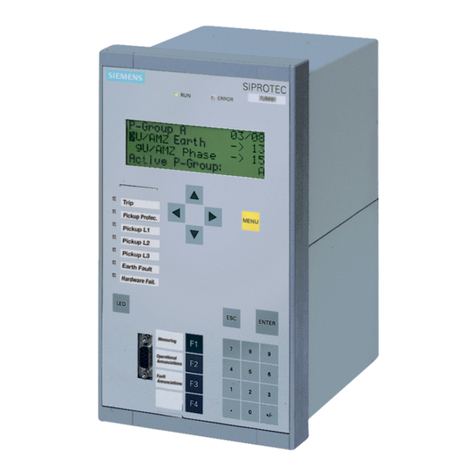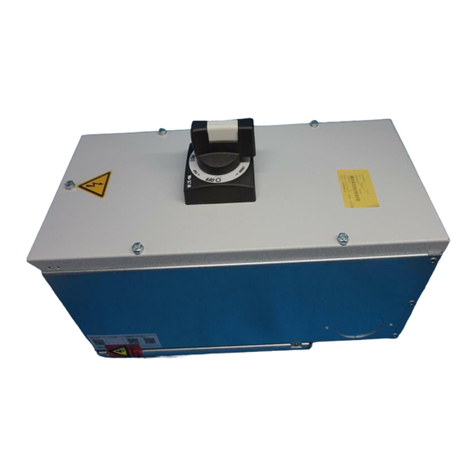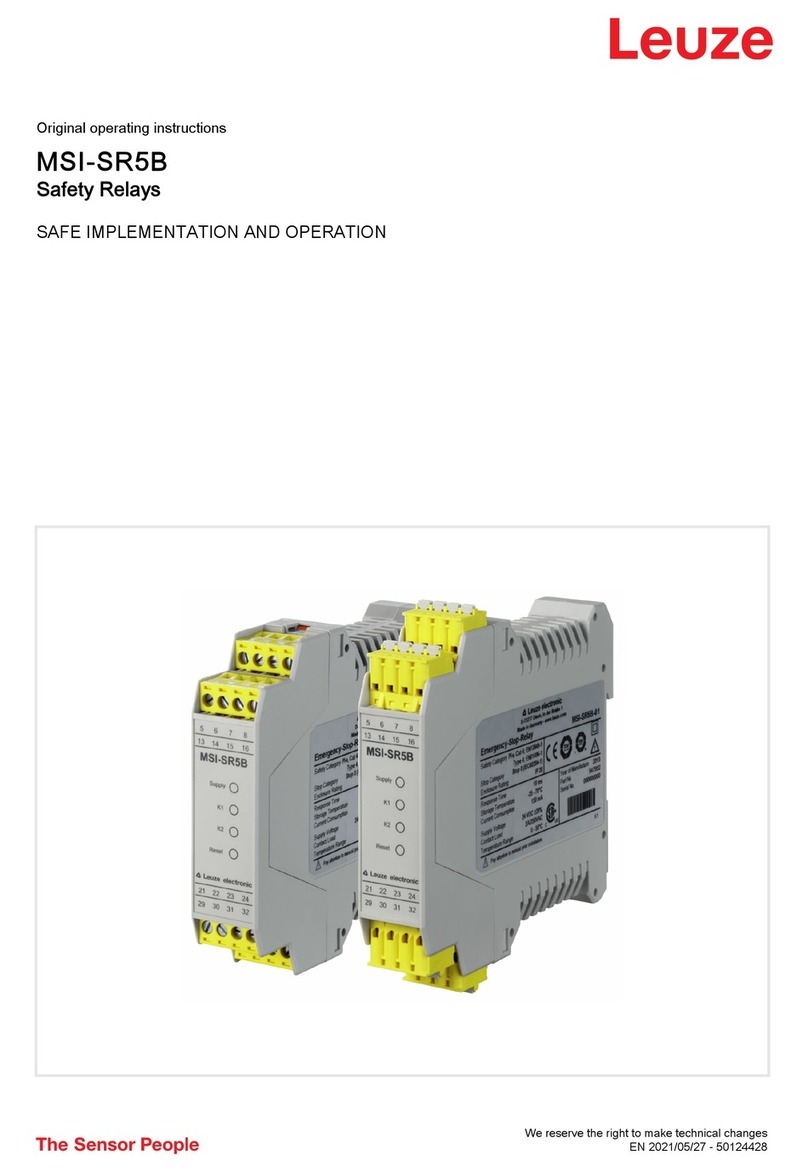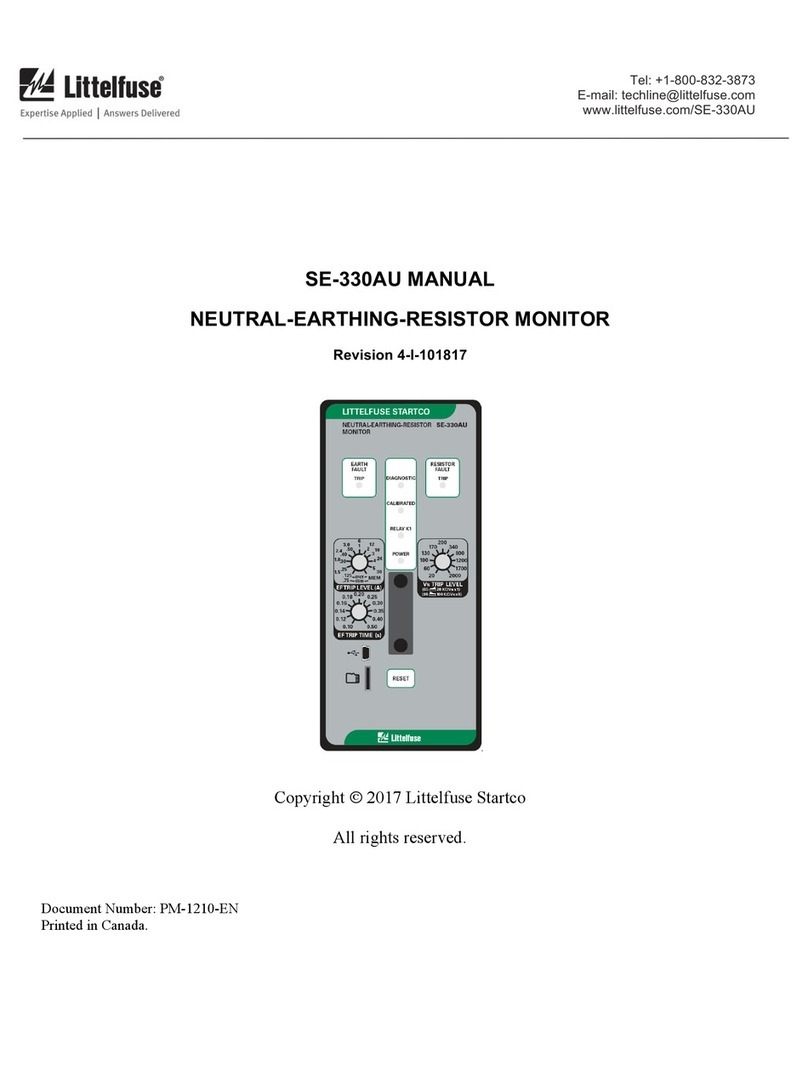
- 3 -
`Augmentation et renforcement possibles du
nombre de contacts de sécurité instantanés
par le câblage des blocs d'extension des
contacts ou de contacteurs externes ;
1 bloc d'extension de contacts PNOZsigma
raccordable par connecteur.
Montage
Grundgerät ohne Kontakterweiterungs-
block montieren:
`Stellen Sie sicher, dass der Abschlussste-
cker seitlich am Gerät gesteckt ist.
Grundgerät und Kontakterweiterungsblock
PNOZsigma verbinden:
`Entfernen Sie den Abschlussstecker seitlich
am Grundgerät und am Kontakterweite-
rungsblock.
`Verbinden Sie das Grundgerät und den Kon-
takterweiterungsblock mit dem mitgeliefer-
ten Verbindungsstecker bevor Sie die Geräte
auf der Normschiene montieren.
Montage im Schaltschrank
`Montieren Sie das Sicherheitsschaltgerät in
einen Schaltschrank mit einer Schutzart von
mindestens IP54.
`Befestigen Sie das Gerät mit Hilfe des Rast-
elements auf der Rückseite auf einer Norm-
schiene.
`Sichern Sie das Gerät auf einer senkrechten
Normschiene (35 mm) durch ein Halteele-
ment (z. B. Endhalter oder Endwinkel).
`Vor dem Abheben von der Normschiene das
Gerät nach oben oder unten schieben.
Installation
Install base unit without contact expander
module:
`Ensure that the plug terminator is inserted at
the side of the unit.
Connect base unit and PNOZsigma contact
expander module:
`Remove the plug terminator at the side of the
base unit and at the contact expander mod-
ule.
`Connect the base unit and the contact ex-
pander module to the supplied connector
before mounting the units to the DIN rail.
Installation in control cabinet
`The safety relay should be installed in a con-
trol cabinet with a protection type of at least
IP54.
`Use the notch on the rear of the unit to attach
it to a DIN rail.
`Ensure the unit is mounted securely on a ver-
tical DIN rail (35 mm) by using a fixing ele-
ment (e.g. retaining bracket or an end angle).
`Push the unit upwards or downwards before
lifting it from the DIN rail.
Montage
Installer l'appareil de base sans bloc d'ex-
tension de contacts :
`Assurez-vous que la fiche de terminaison est
insérée sur le côté de l'appareil.
Raccorder l'appareil de base et le bloc d'ex-
tension de contacts PNOZsigma :
`Retirez la fiche de terminaison sur le côté de
l'appareil de base et sur le bloc d'extension
de contacts.
`Avant de monter les appareils sur le rail DIN,
reliez l'appareil de base et le bloc d'exten-
sion de contacts à l'aide du connecteur four-
ni.
Montage dans une armoire
`Montez le bloc logique de sécurité dans une
armoire électrique ayant un indice de protec-
tion d'au moins IP54.
`Montez l'appareil sur un rail DIN à l'aide du
système de fixation situé sur la face arrière.
`Fixez l'appareil monté sur un rail DIN vertical
(35 mm) à l'aide d'un élément de maintien
(par exemple : un support terminal ou une
équerre terminale).
`Avant de retirer l'appareil du rail DIN, pous-
sez l'appareil vers le haut ou vers le bas.
Verdrahtung
Beachten Sie:
`Angaben im Abschnitt "Technische Daten"
unbedingt einhalten.
`Die Ausgänge 13-14, 23-24, 33-34 sind Si-
cherheitskontakte.
`Vor die Ausgangskontakte eine Sicherung
(s. techn. Daten) schalten, um das Ver-
schweißen der Kontakte zu verhindern.
`Berechnung der max. Leitungslänge Imax im
Eingangskreis:
Rlmax = max. Gesamtleitungswiderstand
(s. techn. Daten)
Rl/ km = Leitungswiderstand/km
`Leitungsmaterial aus Kupferdraht mit einer
Temperaturbeständigkeit von 60/75 °C ver-
wenden.
`Sorgen Sie an allen Ausgangskontakten bei
kapazitiven und induktiven Lasten für eine
ausreichende Schutzbeschaltung.
`Bei UB48 – 240 V AC/DC: S21 mit Schutzlei-
tersystem verbinden
Wiring
Please note:
`Information given in the “Technical details”
must be followed.
`Outputs 13-14, 23-24, 33-34 are safety con-
tacts.
`To prevent contact welding, a fuse should be
connected before the output contacts (see
technical details).
`Calculation of the max. cable runs lmax in the
input circuit:
Rlmax = max. overall cable resistance (see
technical details)
Rl/km = cable resistance/km
`Use copper wire that can withstand 60/75
°C.
`Sufficient fuse protection must be provided
on all output contacts with capacitive and in-
ductive loads.
`With UB48 – 240 VAC/DC: Connect S21 to
the protective earth system
Raccordement
Important :
`Respectez impérativement les données indi-
quées dans le chapitre « Caractéristiques
techniques ».
`Les sorties 13-14, 23-24, 33-34 sont des
contacts de sécurité.
`Protection des contacts de sortie par des fu-
sibles (voir les caractéristiques techniques)
pour éviter leur soudage.
`Calcul de la longueur de câble max. Imax sur
le circuit d'entrée :
Rlmax = résistance max. de l'ensemble du
câblage (voir les caractéristiques techni-
ques)
Rl/km = résistance du câblage/km
`Utilisez uniquement des fils de câblage en
cuivre résistant à des températures de 60/75
°C.
`Assurez-vous du pouvoir de coupure des
contacts de sortie en cas de charges capaci-
tives ou inductives.
`UB48 - 240 V AC/DC : Reliez S21 à la barre
de terre commune.
Betriebsbereitschaft herstellen Preparing for operation Mettre l'appareil en mode de marche
Betriebsarten
Die Betriebsart wird an dem Drehschalter am
Gerät eingestellt. Öffnen Sie dazu die Abde-
ckung auf der Frontseite des Geräts.
WICHTIG
Verstellen Sie die Drehschalter nicht wäh-
rend des Betriebs. Ansonsten erscheint
eine Fehlermeldung, die Sicherheitskon-
takte öffnen und das Gerät ist erst wieder
betriebsbereit, nachdem die Versorgungs-
spannung aus- und wieder eingeschaltet
wurde.
Operating modes
The operating mode is set via the rotary switch
on the unit. You can do this by opening the cov-
er on the front of the unit.
NOTICE
Do not adjust the rotary switch during oper-
ation, otherwise an error message will ap-
pear, the safety contacts will open and the
unit will not be ready for operation until the
supply voltage has been switched off and
then on again.
modes de fonctionnement
Le mode de fonctionnement se règle sur le sé-
lecteur de l'appareil. Ouvrez le capot de protec-
tion sur la face avant de l'appareil.
IMPORTANT
Ne modifiez pas le sélecteur en cours de
fonctionnement. Sinon, l'appareil signale
un défaut et les contacts de sécurité
s'ouvrent. L'appareil n'est alors prêt à re-
fonctionner qu'après avoir coupé puis re-
mis en marche la tension d'alimentation.
Betriebsarten einstellen
`Versorgungsspannung ausschalten.
`Betriebsart mit dem Betriebsartenwahlschal-
ter "mode" wählen.
`Wenn der Betriebsartenwahlschalter "mode"
auf der Grundstellung ist (senkrechte Positi-
on), erscheint eine Fehlermeldung.
Set operating modes
`Switch off supply voltage.
`Select operating mode via the operating
mode selector switch "mode".
`If the operating mode selector switch
"mode" is in its start position (vertical posi-
tion), an error message will appear.
Régler les modes de fonctionnement
`Couper la tension d'alimentation.
`Sélectionner le mode de fonctionnement à
l'aide du sélecteur de mode de marche
«mode».
`Si le sélecteur de mode de marche « mode »
est positionné sur sa position de base (posi-
tion verticale), l'appareil signale une erreur.
Rlmax
Rl / km
Imax = Rlmax
Rl / km
Imax = Rlmax
Rl / km
Imax =



